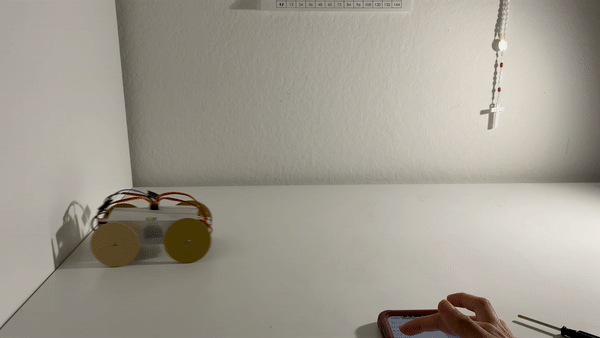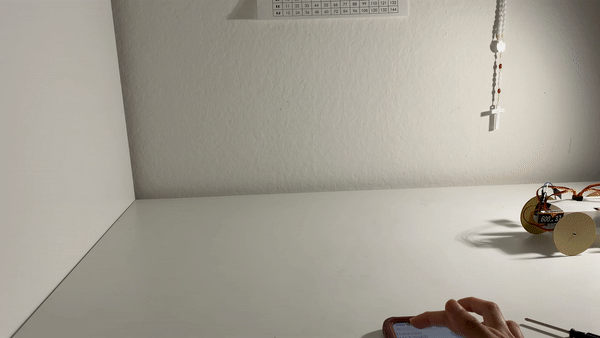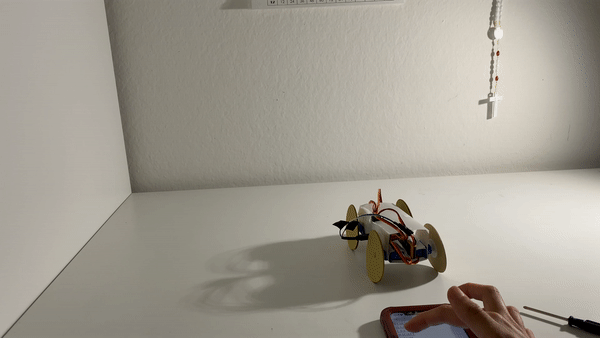Implementing tank-drive system using designed car from rocolib
Jillian Naldrien Pantig rocolib tank 4-wheeledFor the 4th week of SURP, I managed to produce the cars (with the help of my fellow Arnhold teammate Grace) that I built using the roco library. I had to make several adjustments to the size of the cars and the locations of the holes or decorations on its surface. **Note that on the pic below (right side) the support from the base of the tank to its tank was removed in order to properly fit the top.
Furthermore, the tank can only be used right now as a model, since it needs a bigger cutter -- laser cutter. Hopefully, by next week, I will be able to use the tank and incorporate some hardwares in it.
Speaking of hardwares, for this week, I have also incorporated the basic hardwares into the 4-wheeled car. These hardwares -- servo motors, ESP32 stacking header, and PWM Servo Featherwing -- are used in order to run and test the code that I programmed using Arduino. The code enables cars to implement a tank-drive system. The control of this code is through WiFi, and it uses the IP Address associated with the microcontroller and the source of the WiFi.
Currently, the tank-drive system enables a car to drive forward, backward, turn left, turn light, and stop. A simple webpage will allow the user to do this.



I attached gifs (above) that shows the forward, backward, left, right, and stop functionalities of the 4-wheeled car with me controlling it using the IP Address. Upon incorporating the hardwares, I have also made several manual adjustments to the car, and these adjustments will be coded again using rocolib to, hopefully, give a better user experience.